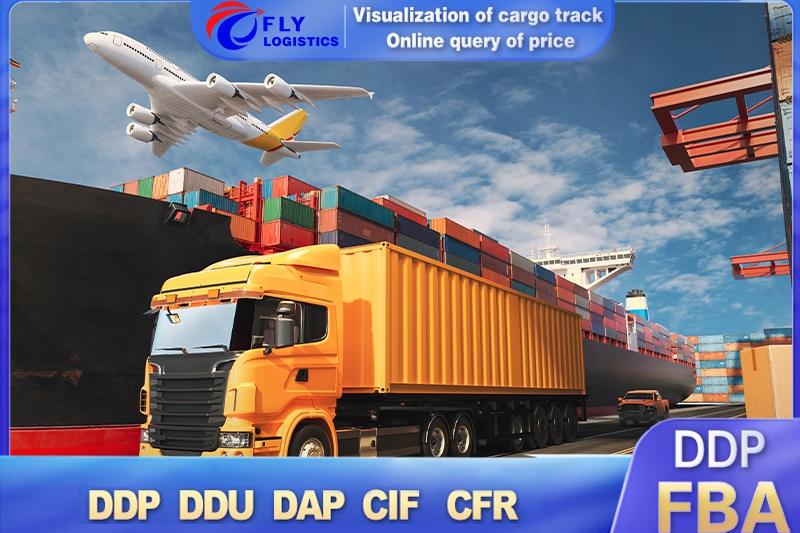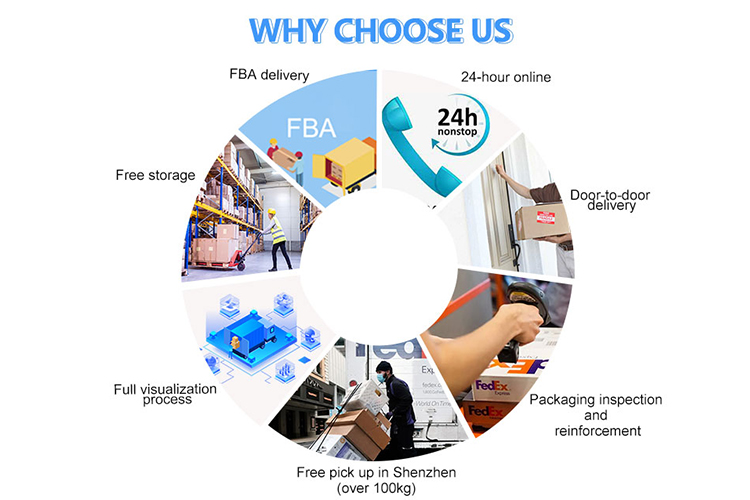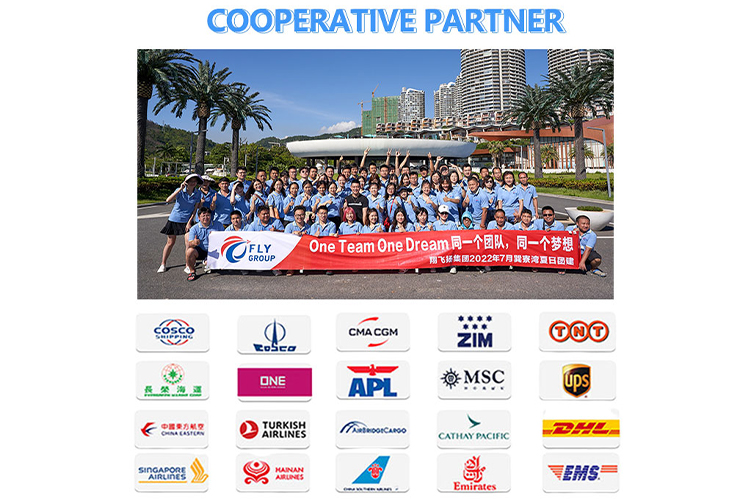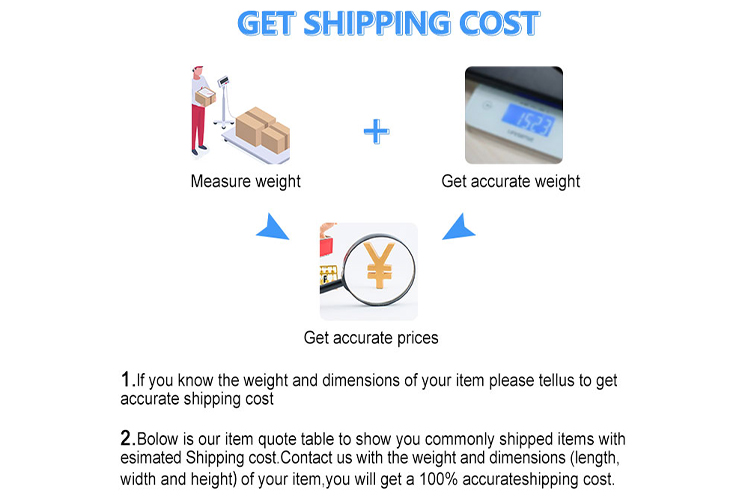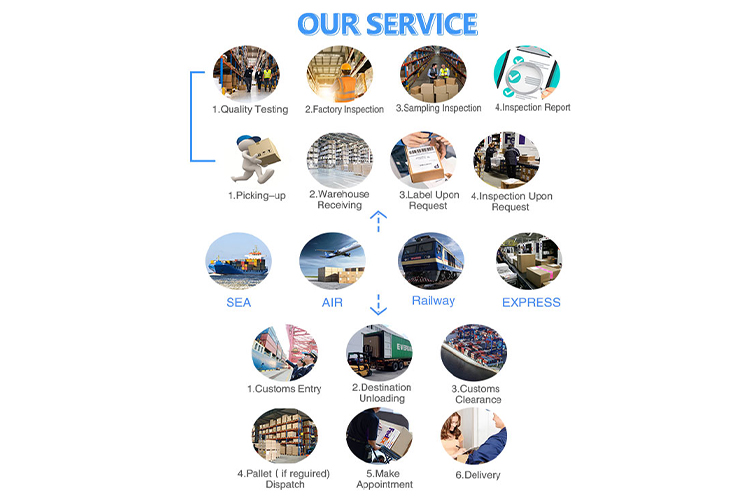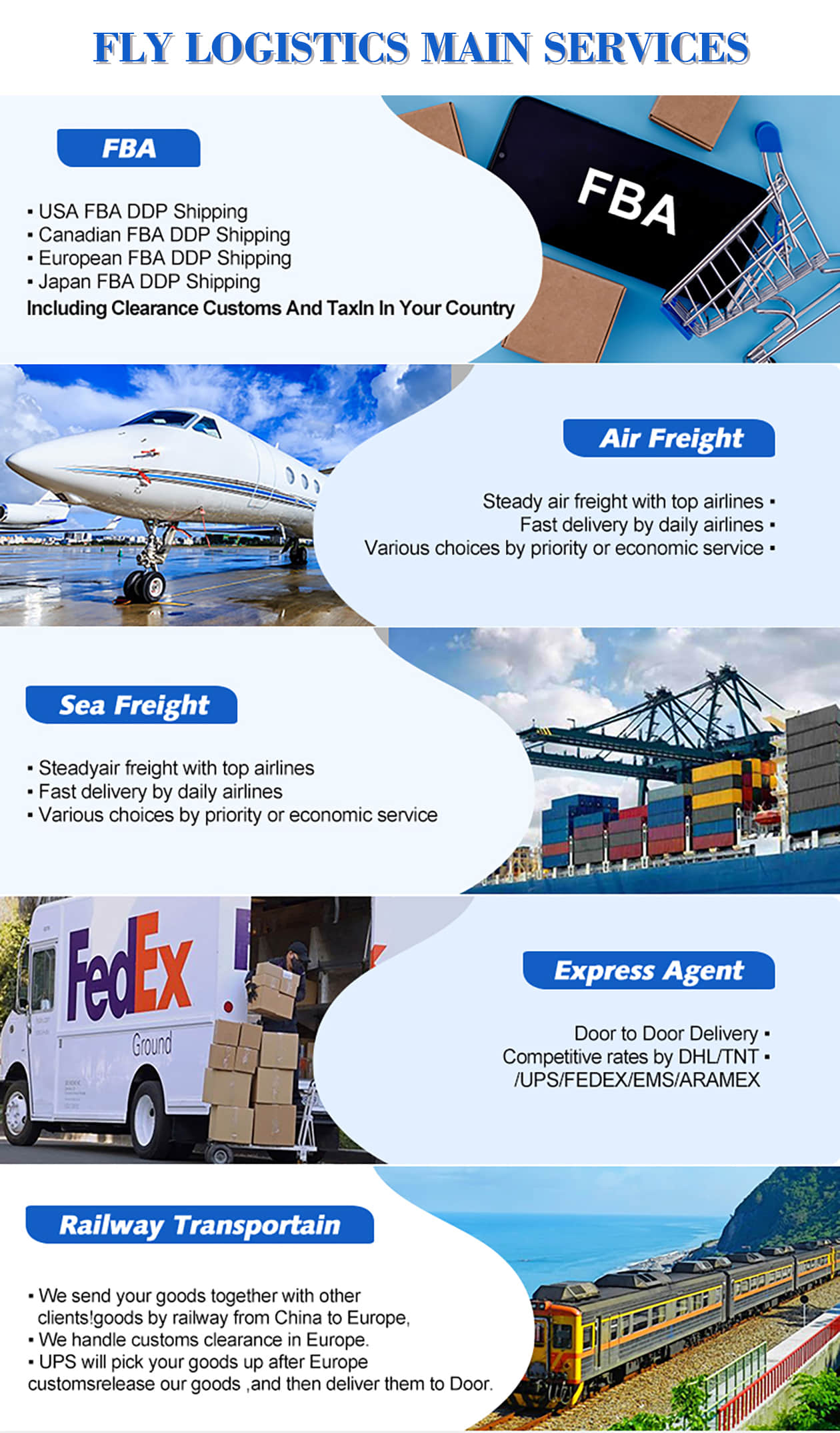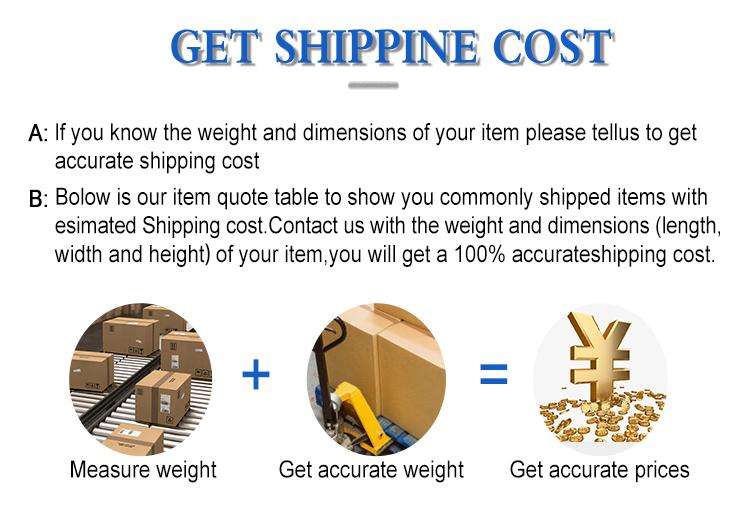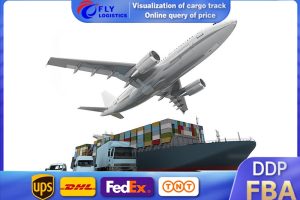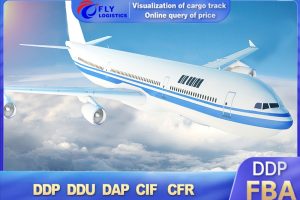Description
Introduction to International Truck Freight
International truck freight is a key logistics service that facilitates the movement of goods across borders by road. It is particularly suited for short to medium-haul distances and plays a vital role in the supply chains of various industries. This service is widely used in regions like Europe, North America, and parts of Asia, where road networks are well-developed and borders are relatively accessible.
Primary Markets
Europe: The European Union (EU) is a significant market for international truck freight due to its interconnected road networks and relatively open borders among member states.
North America: The United States, Canada, and Mexico are linked by major highways, making truck freight a popular choice for cross-border trade within the region.
Asia: Regions such as Southeast Asia and parts of China also rely on international truck freight for cross-border transportation, especially in areas where rail and air freight may not be as feasible.
Transit Time
Short to Medium-Haul: Transit times for international truck freight typically range from 1 to 7 days, depending on the distance, border clearance processes, and road conditions.
Long-Haul: For longer distances or routes involving multiple countries, transit times may extend up to 10 days or more.
Advantages
Flexibility: Truck freight offers great flexibility in terms of routes and delivery schedules. It allows for door-to-door service without the need for transshipment, making it highly efficient.
Cost-Effective: For regional transport, truck freight is often more economical than air freight, especially for medium-weight and bulky goods.
Access to Remote Areas: Trucks can access locations that are not served by rail or air, including rural and remote areas.
Suitable for Diverse Cargo: Trucks can carry a wide range of goods, from perishable items to heavy machinery, making them versatile.
Disadvantages
Transit Time: While faster than sea freight, truck transport can be slower than air freight, particularly for long distances.
Environmental Impact: Trucks have a significant carbon footprint compared to rail transport, and they contribute to road congestion and pollution.
Vulnerability to Delays: Factors such as traffic, road conditions, weather, and border checks can cause unpredictable delays.
Regulatory Challenges: Cross-border truck transport is subject to varying regulations, customs procedures, and road tolls, which can complicate logistics.
Customer Groups
Manufacturers: Particularly those needing to move raw materials, components, or finished products within a region.
Retailers and Distributors: Companies requiring regional distribution of goods to multiple locations, including stores and warehouses.
Agricultural Producers: Transporting perishable goods like fruits, vegetables, and dairy products that need timely delivery.
Automotive Industry: For transporting vehicles, parts, and machinery between manufacturing plants and distribution centers.
Suitable Cargo
General Merchandise: Clothing, electronics, furniture, and consumer goods.
Perishables: Food items, flowers, and other goods requiring refrigerated transport.
Industrial Goods: Machinery, construction materials, and chemicals.
Bulk Goods: Raw materials such as grains, minerals, and aggregates.
Packaging Methods
Palletization: Goods are often packed on pallets for easy loading and unloading, ensuring stability during transit.
Crating: Heavy or fragile items may be placed in wooden crates to provide extra protection.
Securing Straps and Wraps: Cargo is secured with straps and shrink wrap to prevent movement and damage.
Weatherproofing: Use tarps or weather-resistant packaging to protect cargo from the elements, particularly for open trucks.
Transport Process
Booking and Documentation: The shipper books the service and prepares necessary documentation, including commercial invoices, packing lists, and customs declarations.
Pickup and Loading: The goods are picked up from the origin and loaded onto the truck. Proper securing and inspection are conducted to ensure safe transport.
Transport: The truck follows the planned route, crossing borders as required. Real-time tracking is often available to monitor the shipment’s progress.
Customs Clearance: At the border, customs officials review the documentation and may inspect the cargo before allowing the truck to proceed.
Final Delivery: The truck delivers the goods to the designated destination, which could be a warehouse, distribution center, or directly to the customer.
Unloading and Receipt: Upon arrival, the cargo is unloaded, inspected, and signed off by the recipient.
Considerations
Border Regulations: Be aware of different countries’ customs requirements, tariffs, and documentation to avoid delays.
Road Conditions: Account for potential road hazards, traffic, and weather conditions that could impact transit times.
Cargo Insurance: Consider insurance to protect against pot


